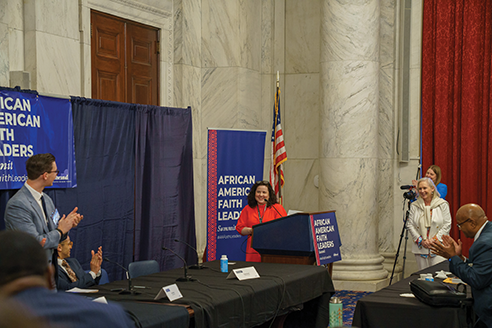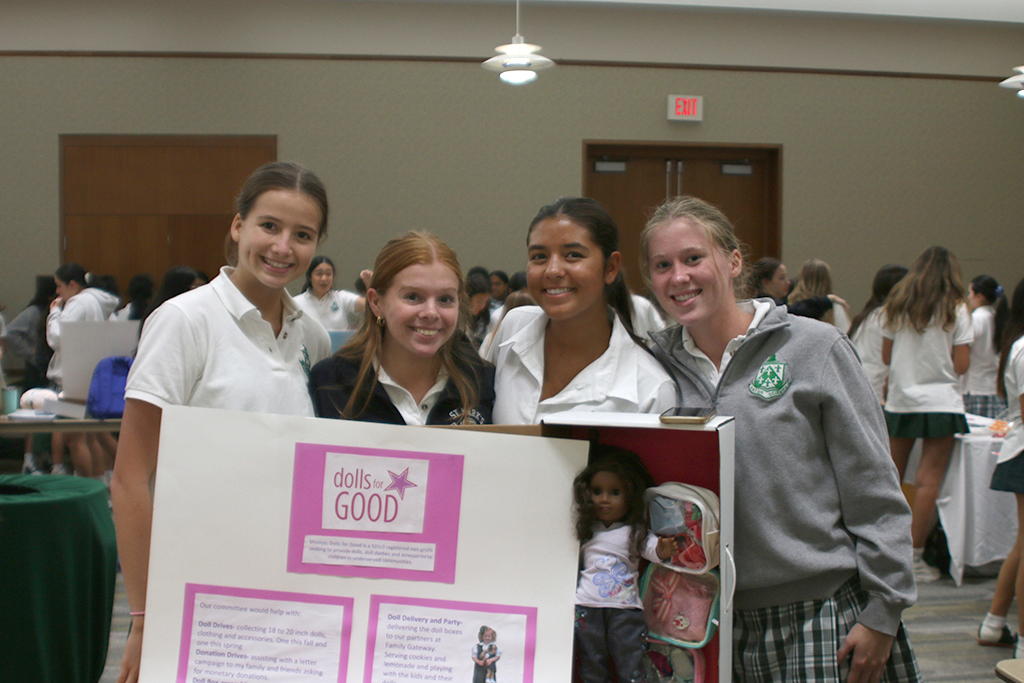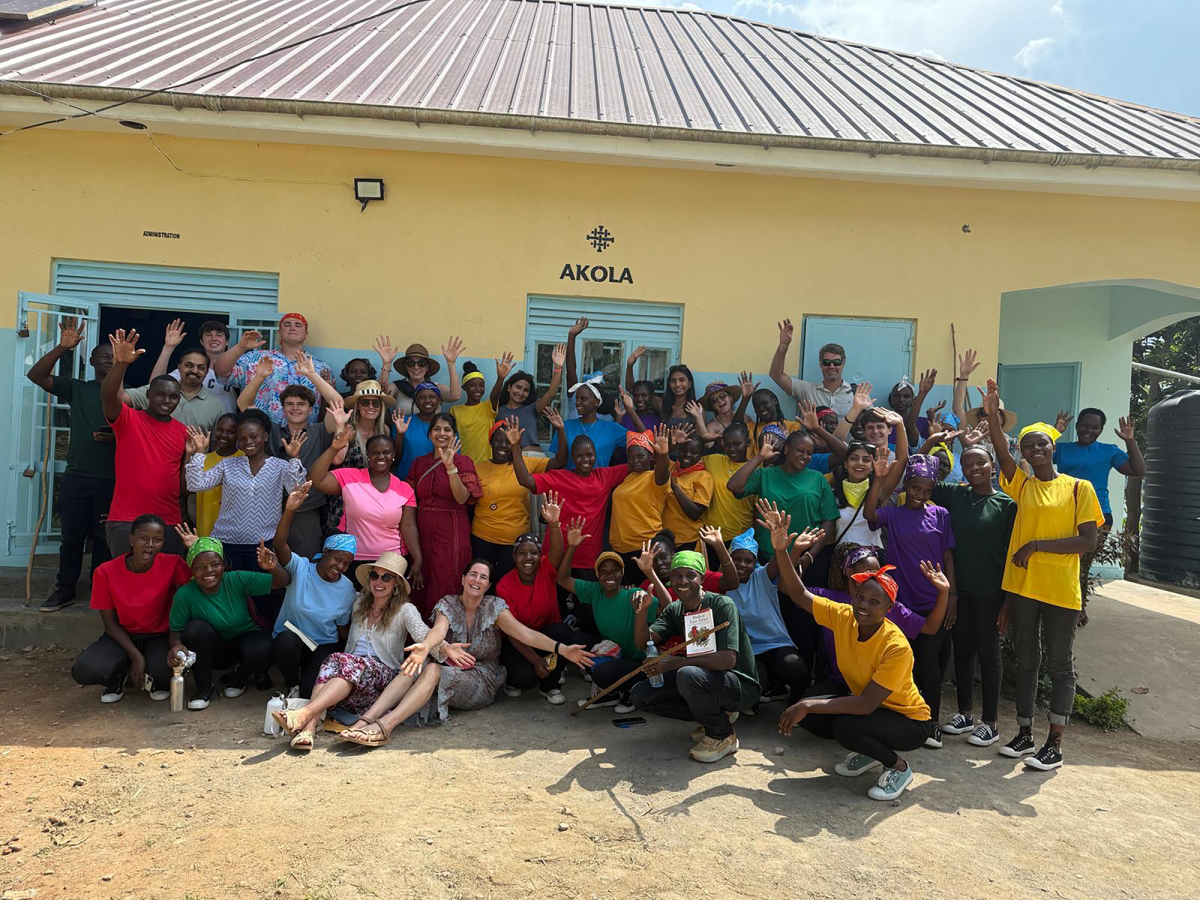If 2+3=8, 3+7=27, 4+5=32, 5+8=60 and 6+7=72, what is 7+8? Confused yet? You are not alone if you are racking your brain trying to figure it out . Senior Lydia Li, on the other hand, solved this teaser in 6.6 seconds. After maxing out on all math courses offered at Hockaday, Li is now pursuing a linear algebra independent study with the Massachusetts Institute of Technology.
Entering Hockaday in ninth grade as a boarder from China, Li took Integrated Math III Enriched followed by Precalculus Enriched during her sophomore year. But while enrolled in Precalculus, she studied BC Calculus on the side; this allowed her to study Multivariable Calculus, the highest level of math offered at Hockaday, during her junior year.
With Hockaday’s math curriculum ending at Multivariable Calculus, Li looked beyond the school’s resources to find her senior math credits. Toward the end of last year, Li, along with her advisor and Upper School math teacher Jessica Chu, researched different topics that she was interested in. After looking at many topics including number theory, Li decided on MIT’s open courseware on linear algebra.
“The linear algebra course is actually not that much harder than my previous multivariable class, but there is definitely challenging aspects to it,” Li said. “I really preferred this course over online school because I wasn’t interested in taking those classes.”
Unlike Li, most Hockaday students start with Integrated Math III in Upper School then continue to Precalculus, AB Calculus, and finally BC Calculus. But in just three years, Li maxed out. It is rare to see a junior take Multivariable Calculus, which is a class usually dominated by seniors, but Li is one of the few students in Hockaday’s history who has extended her prospects to independent studies. In Chu’s fourth year at Hockaday, Li has been one of the only ones.
“My first or second year at Hockaday, a student worked with Mr. Brown on a linear algebra course but it’s different from what Lydia is doing. Her study is pretty unique,” Chu said.
Although this course is independent, Li meets with Upper School math teacher Rachel Grabow every rotation to ask her questions and to work practice problems together. For Lydia, a main advantage of an independent study is its flexible nature, but she still prefers attending a real class.
“I really want to do the course as much as possible but sometimes I’m busy with other stuff,” Li said. “Since it’s not within a course slot, it’s hard to find time, especially when I’m really busy with applications or exams.”
Li luckily has had experience with studying a course on her own due to BC Calculus in her sophomore year, so her independent study is not too unfamiliar. However, an independent study requires work ethic and motivation. According to Grabow, Li embodies these ideals well.
“She has the passion for learning and is really willing to sit there and work through a problem even if different methods don’t work,” Grabow said. “She is willing to go back to the drawing board and start again, and that’s what you have to do to be successful in math.”
For Li, one of the most important things of taking on an independent study was choosing something that interested her. Because of Li’s interest in computer science, a class she is currently taking, the MIT courseware was ultimately the winner, as it requires coding and computation skills.
“I haven’t learned all the stuff that’s in the courseware in computer class, but since it requires me to learn it, I am able to learn a lot more and can get a head start on computer science. This helps me stay interested in the course because it includes things I’m really interested in which is a big advantage,” Li said.
Although Li, a member of the math team and recipient of national recognitions, has a real passion for math, she also holds interests in other fields including science and history. As she prepares to graduate in May, Li’s teachers are excited to see where her interests lead her. Even teachers who have not seen Li in the classrooms for years have a lasting impression of her.
Dr. Beverly Lawson, her sophomore chemistry teacher, who has only been an observer in the last couple of years, said, “[Li] is one of the most curious students, and she is always wanting to learn more. She is voracious in her appetite for learning and is always asking questions that sometimes I can’t even answer. She will find great success, I know it.”
If you are still trying to solve it, 98 is the answer to the brain teaser. But you are with the rest of the Upper School if you guessed 15. It’s not just a simple addition, it requires a confusing sequence of multiplication and subtraction. Stay in math, kids.
Aurelia Han – Staff Writer







